How to prune tomato plants – and the best time of year to do it
Find out how to prune tomato plants for a maximum yield of this homegrown crop


If you're a newcomer to tomato growing, chances are you'll be wondering how to prune tomato plants – also known as pinching tomato suckers or side shoots – or even if you need to do it at all?
The answer is that it depends on the type of tomatoes you are growing. If you prune, or pinch out, the wrong sort of tomatoes, you can actually hinder rather than help the harvest of these versatile and delicious fruits.
Growing tomatoes is easy and well worth it as the sweet flavor of a homegrown tomato is far better and unlike any you will have tasted from a supermarket.
You want to ensure that you maximize your yield, so, to prune, or not to prune – that is the question.
How to prune tomato plants of different varieties

When considering how to prune tomato plants the first thing to establish is which variety of tomatoes you are growing – or you may possibly have a mix.
There are two main varieties of tomatoes:
- Determinate, or bush varieties, which are shorter
- Indeterminate, known as cordon or vine varieties, which need to be staked or have some other support as they grow tall, as high as 6ft
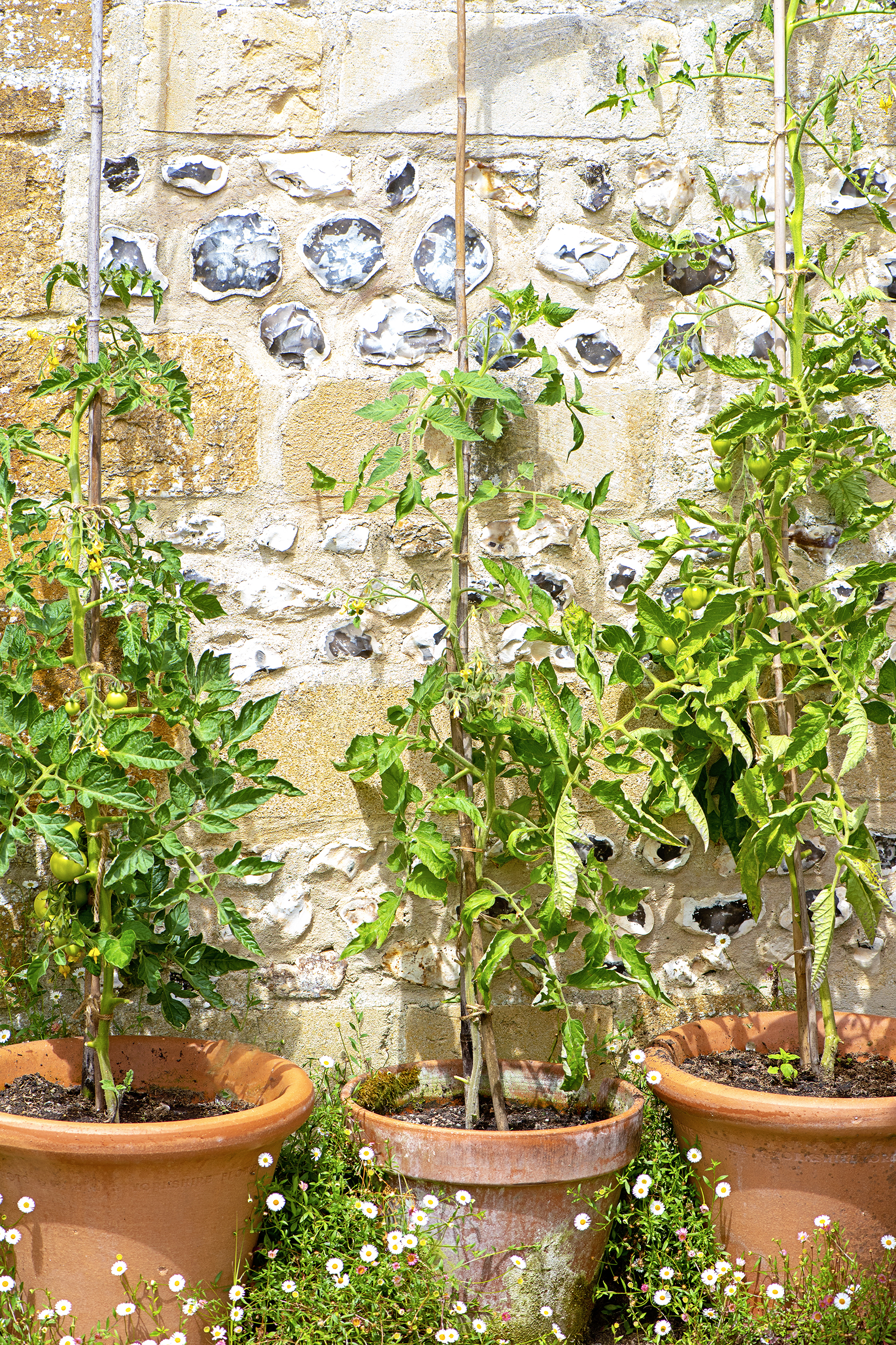
'Pruning tomatoes is optional, but you should only prune indeterminate varieties, as these produce new leaves and flowers through the growing season,' advises Amy Enfield of Bonnies Plants.
Design expertise in your inbox – from inspiring decorating ideas and beautiful celebrity homes to practical gardening advice and shopping round-ups.
Determinate, or bush varieties, do not require pruning as they develop all of their fruit at one time, and if you do prune them you could even reduce the harvest.
Pruning cordon or vine tomatoes, or pinching the tomato suckers, is done by finding and pinching out the small leafy side shoots that grow in the gap between the main stem and leaf branches on the tomato plants.
You should do this about once a week during the growing season, and where possible, remove the suckers when they are small.
- Find the suckers on the tomato plant.
- If they are less than two inches long, pinch the suckers off between your thumb and forefinger.
- If the suckers are larger, use a pair of clean pruners to cut them off, snipping as low as possible, close to the shoot base.
- Regularly look for suckers as you are watering or harvesting the plants through the growing season.
It might appear a bit arduous, but in fact pruning tomatoes is just one of the easy tasks you need keep on top of and add to the list of jobs when planning a kitchen garden.
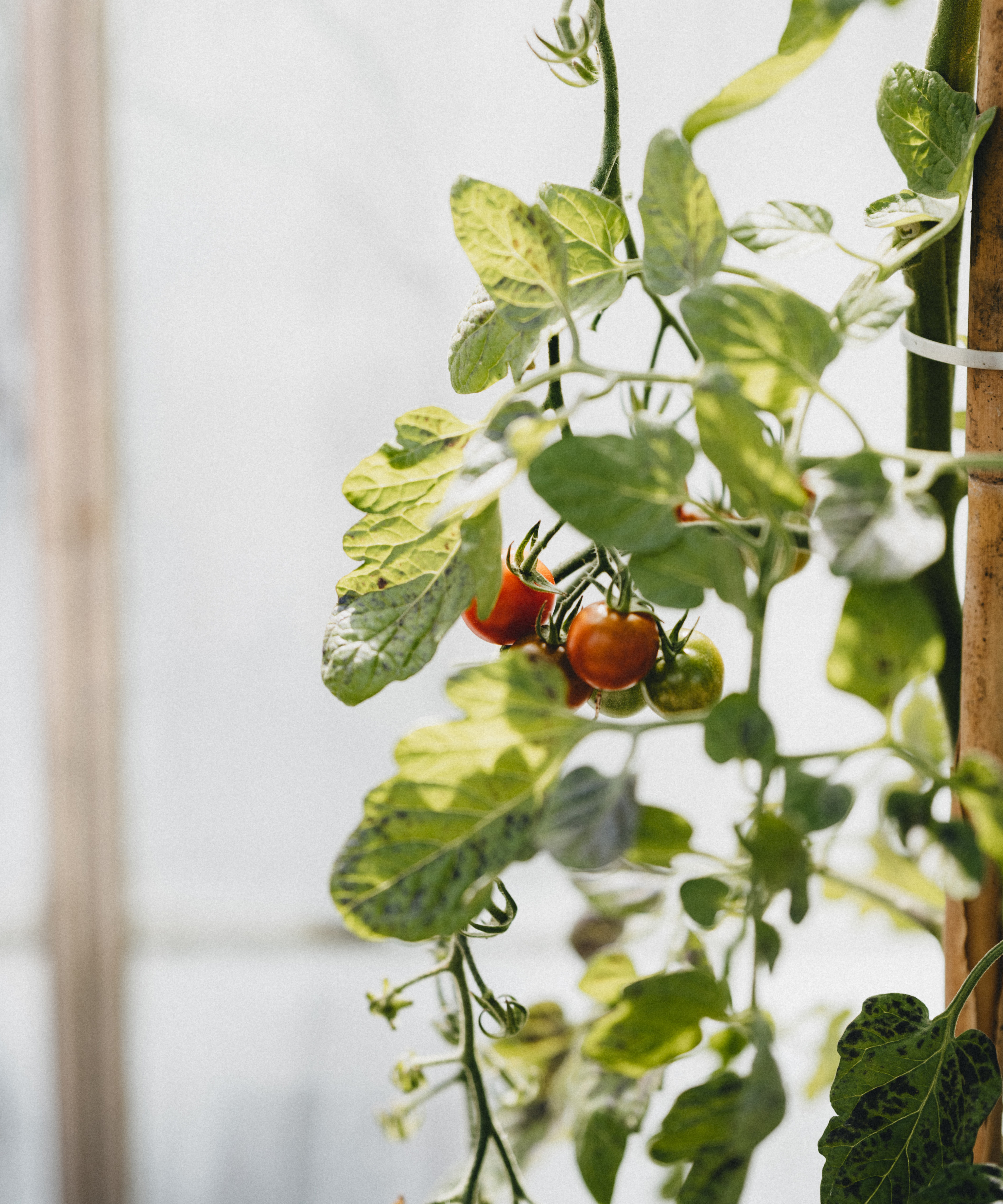
Do tomato plants need to be pruned?
Indeterminate tomato plants do benefit from being pruned for a number of reasons.
'When I first started growing tomatoes, I largely left them to their own devices, occasionally tying them to their supporting canes, not realizing that the cordon varieties need pinching out in order to thrive,' says keen grower and Period Living editor Melanie Griffiths.
Pruning tomato plants helps them to put their energy into producing fruits rather than producing more foliage. Pruning – or pinching out side shoots – should result in the tomato plants producing larger fruit and earlier in the season.
'You may have fewer fruit on a pruned plant, but they will be bigger,' explains Amy Enfield.
In addition, removing leaves allows better air flow around the plant, so reducing the chance of diseases developing when leaves remain wet, and also allows more sunlight to reach the ripening tomatoes.
If you are short on space in your vegetable garden, pruning tomato plants will help to keep them under control, creating more space for other plants. This is an important consideration when looking into tomato companion planting.

How far up should you prune tomato plants?
'You can start pruning tomato plants, or pinching them out, when the plants reach four to six inches in height,' advises Melanie Griffiths.
Remove all leafy suckers/ side shoots beneath the first fruit cluster so the plant puts more energy into developing the fruit.
When the cordon tomato plant has produced six or seven fruit trusses (indoors), or four trusses (outdoors) – remove the tip of the main stem – known as 'stopping' or 'topping'. This will direct sugars and energy into the ripening tomatoes.
You can also remove some leaves above each truss so that it receives more sunlight and this will encourage earlier ripening.
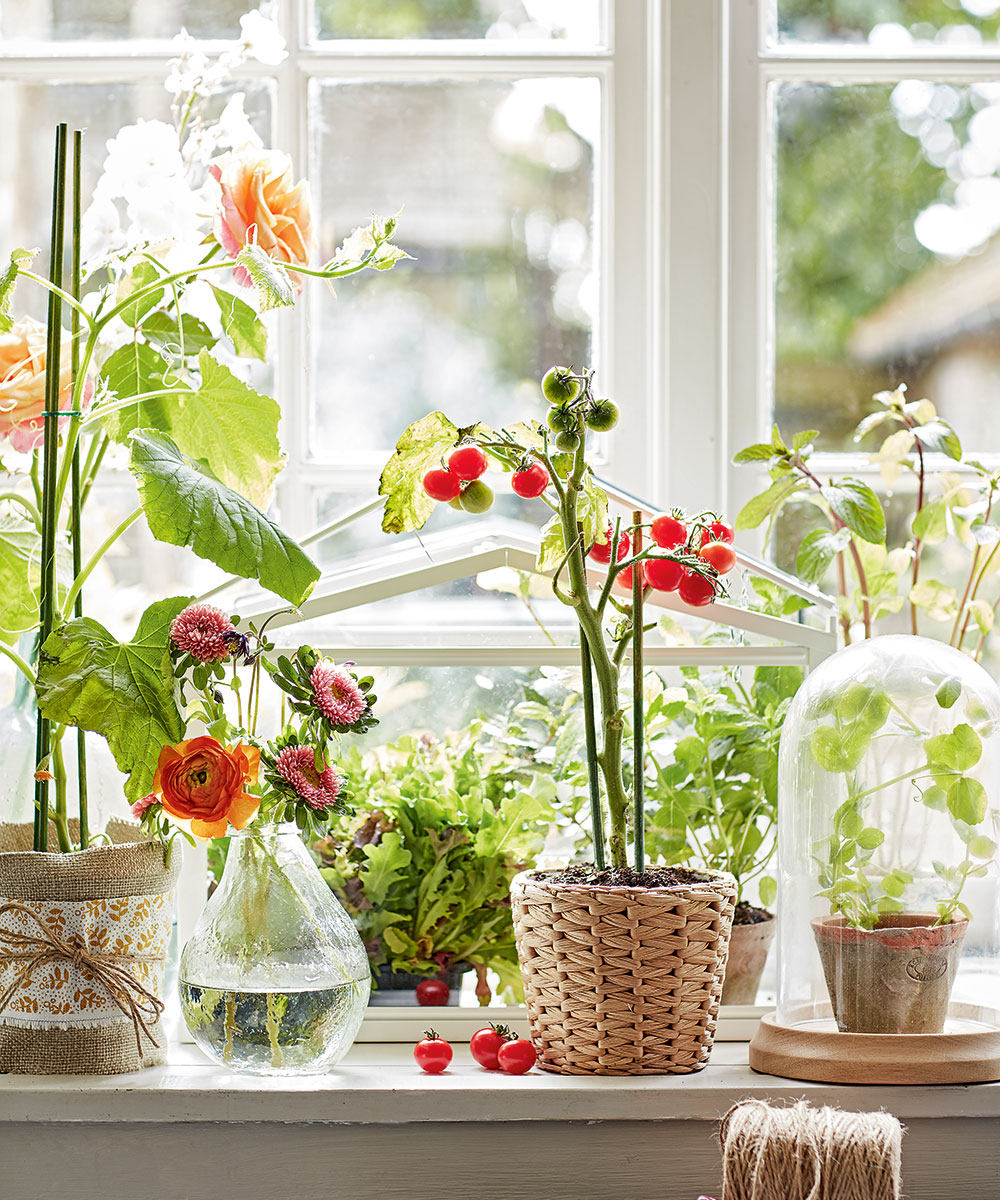
Should tomato plants be pruned at the bottom?
Both determinate and indeterminate tomato plants can be pruned at the bottom once the lowest truss of fruit has formed.
Do this by removing the lower leaves to reduce the spread of soil-borne diseases, such as tomato blight or tomato leaf mold.
Clip away any leaves that are touching the soil and continue pruning up to a foot from the ground, below the ripening truss, to help stop disease spreading.
Regularly remove any dead or yellowing leaves, although do not remove too many leaves at once.
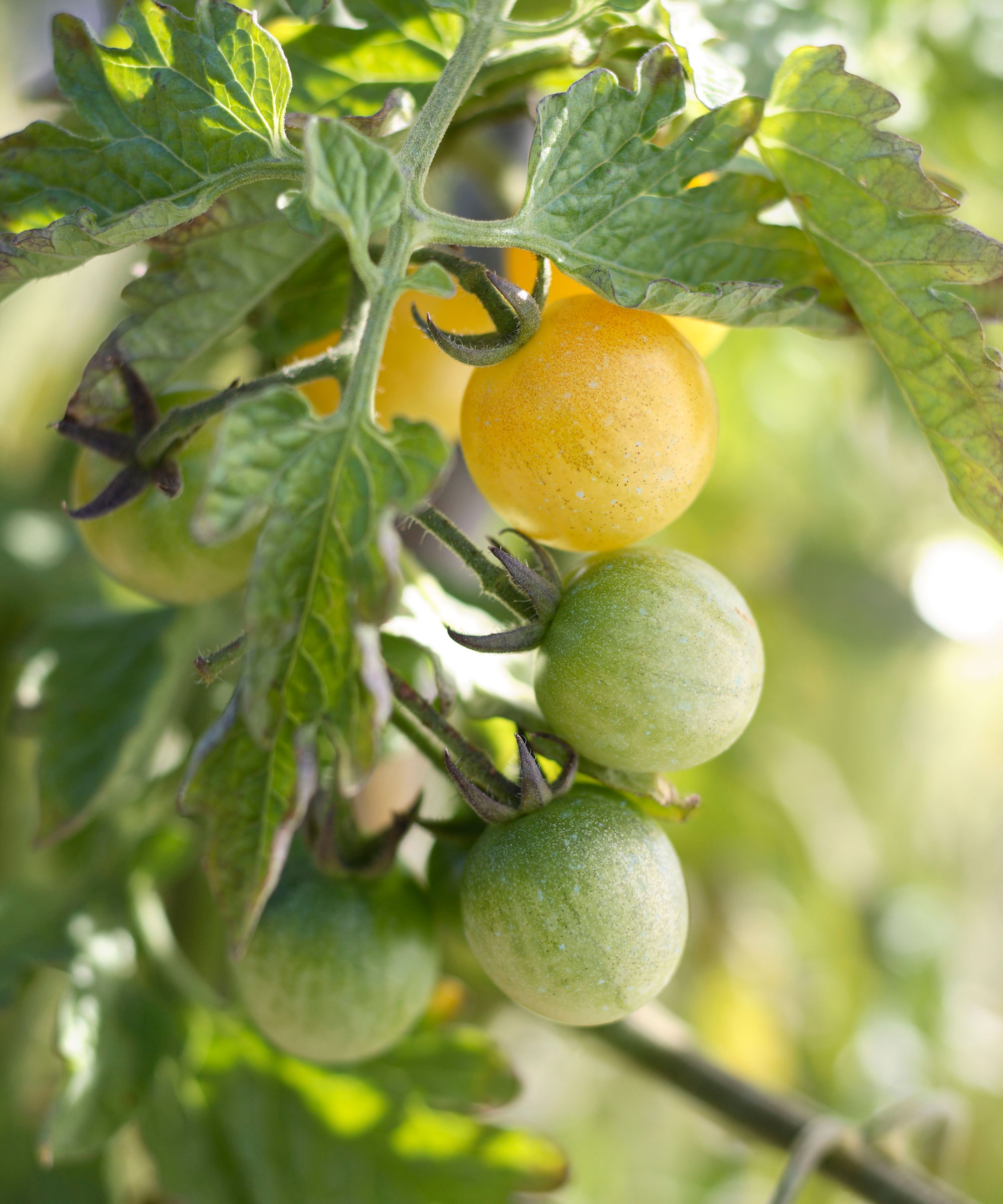
What happens if you don't prune tomatoes?
Pruning tomato plants is optional and if you did not wish to do so you would still get fruits from your plant, they just may not be as large, or the plant as healthy and vigorous.
Left to grow untrained, cordon or vine tomatoes will produce lots of leaves and possibly not as much useable fruit.
'The reason you take out the side shoots is because you want one strong stem growing up on a cordon tomato, and with the side shoots it is trying to become a bush. The side shoots are very vigorous and can quickly risk breaking the main stem,' explains gardening expert Monty Don in a video for Gardeners' World.
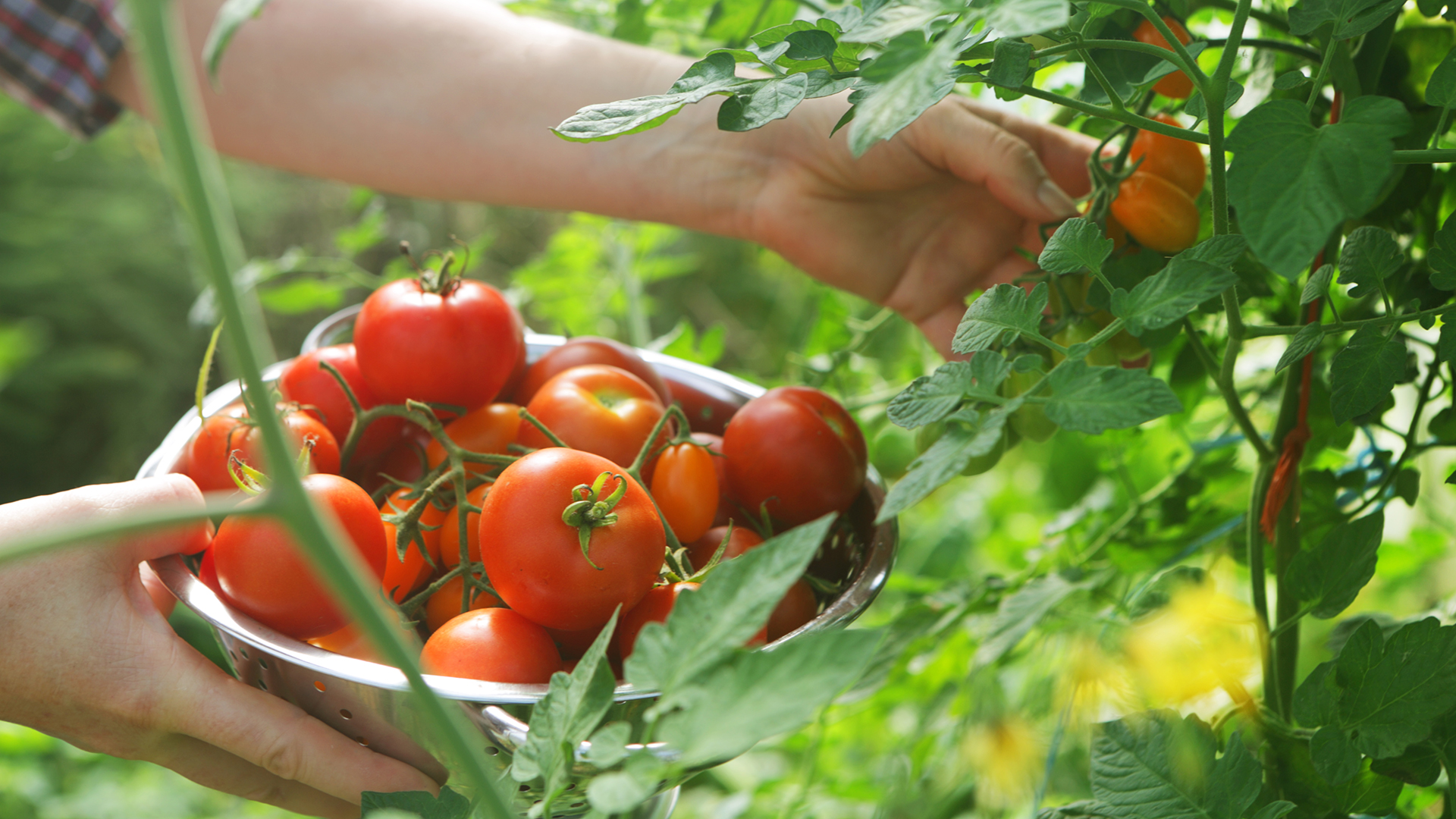
Tomato pruning mistakes
There are a number of tomato pruning mistakes to avoid:
- Do not prune determinate tomato varieties - check which type of tomato you are growing before you start removing side shoots.
- Take care not to damage the stem tissue when removing tomato suckers.
- Avoid transferring any diseases from plant to plant when pruning larger suckers or side shoots, by making sure you clean pruners between plants.
- Do not use tools that are not sharp and clean for pruning.
- Do not over prune by removing too many leaves as this may result in the tomato plant having insufficient shade from a hot sun; plus, leaves are needed to photosynthesize and produce sugars and energy for plant growth.
- Do not prune tomato plants when wet as this can encourage the spread of diseases.
Rachel is senior content editor, and writes gardening content for homesandgardens.com, Homes & Gardens magazine, and its sister titles Period Living Magazine and Country Homes & Interiors. She has written for lifestyle magazines for many years, with a particular focus on gardening, historic houses and arts and crafts, but started out her journalism career in BBC radio, where she enjoyed reporting on and writing programme scripts for all manner of stories. Rachel then moved into regional lifestyle magazines, where the topics she wrote about, and people she interviewed, were as varied and eclectic as they were on radio. Always harboring a passion for homes and gardens, she jumped at the opportunity to work on The English Home and The English Garden magazines for a number of years, before joining the Period Living team.
